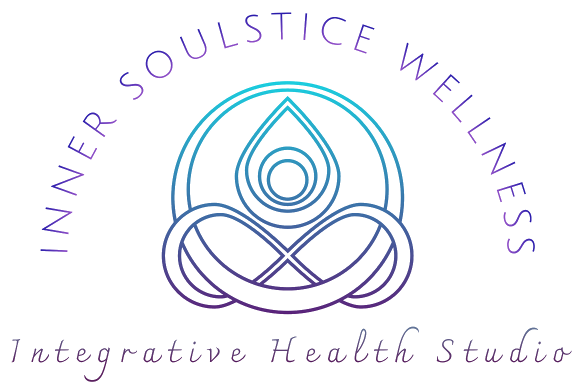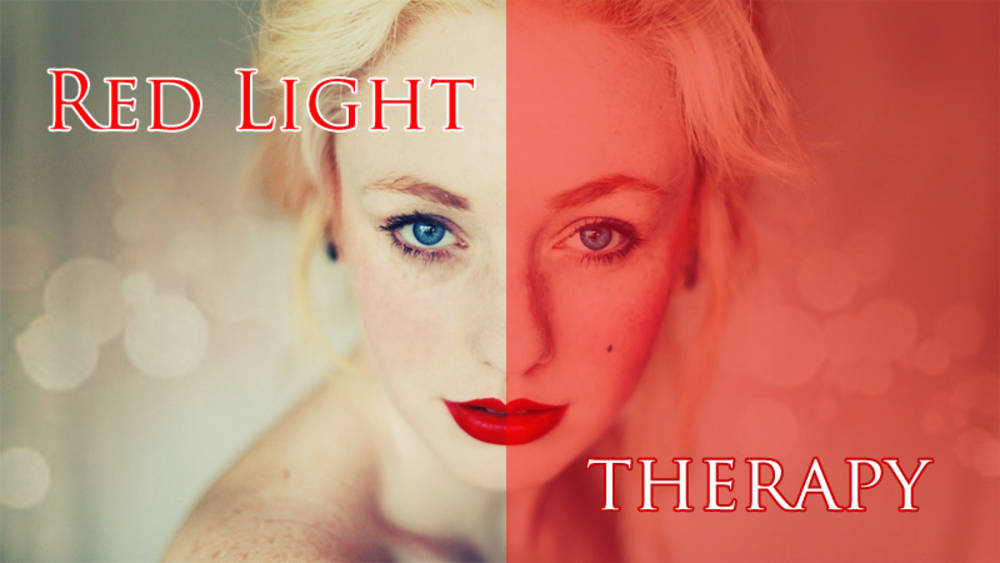Photo Facial Light Therapy
Red Light Photo Facial: $65 full face (1/2 hour)
Blue Light Photo Facial: $65 full face (1/2 hour), add-on $20 for spot treatment
Photobiology
Photobiology is the study of the effects of non-ionizing radiation on biological systems. The biological effect varies with the wavelength region of the radiation. The radiation is absorbed by molecules in skin such as DNA, protein or certain drugs. The molecules are changed chemically into products that initiate biochemical responses in the cells.
Biological reaction to light is nothing new, there are numerous examples of light induced photochemical reactions in biological systems. Vitamin D synthesis in our skin is an example of a photochemical reaction. The power density of sunlight is only 105 mW/cm2 yet when ultraviolet B (UVB) rays strikes our skin, it converts a universally present form of cholesterol, 7-dehydrocholesterol to vitamin D3. We normally experience this through our eyes which are obviously photosensitive – our vision is based upon light hitting our retinas and creating a chemical reaction that allows us to see. Throughout the course of evolution, photons have played a vital role in photo-chemically energizing certain cells.
Photobiomodulation
At the cellular level, visible red and near infrared light energy stimulates cells to generate more energy and undergo self-repair. Each cell has mitochondria, which perform the function of producing cellular energy called “ATP”. This production process involves the respiratory chain. A mitochondrial enzyme called cytochrome oxidase c then accepts photonic energy when functioning below par.
Pathways
- NO (Nitric Oxide)
- ROS (Reactive Oxygen Series) → PKD (gene) → IkB (Inhibitor κB) + NF-κB (nuclear factor κB) → NF-κB (nuclear factor κB stimulates gene transcription)
- ATP (Adenosine Triphosphate) → cAMP (catabolite activator protein) → Jun/Fos (oncogenic transcription factors) → AP-1 (activator protein transcription factor stimulates gene transcription)
Mechanism
The current widely accepted proposal is that low level visible red to near infrared light energy is absorbed by mitochondria and converted into ATP for cellular use. In addition, the process creates mild oxidants (ROS) that leads to gene transcription and then to cellular repair and healing. The process also unclogs the chain that has been clogged by nitric oxide (NO).[1] The nitric oxide is then released back into the system. Nitric oxide is a molecule that our body produces to help its 50 trillion cells communicate with each other by transmitting signals throughout the entire body. Additionally, nitric oxide helps to dilate the blood vessels and improve blood circulation.




